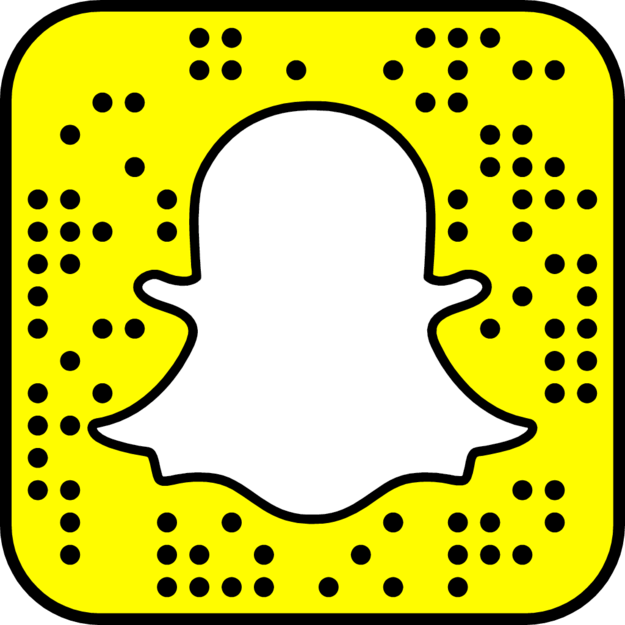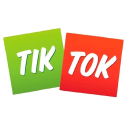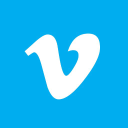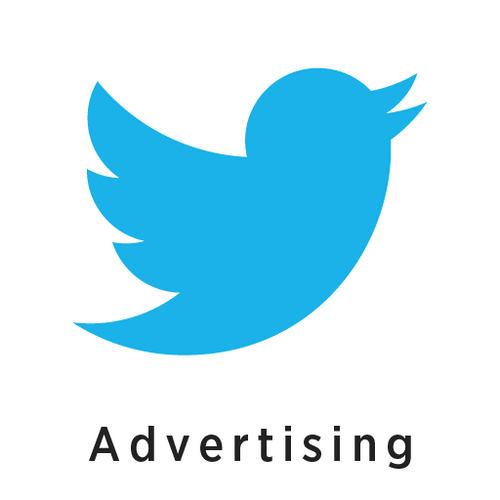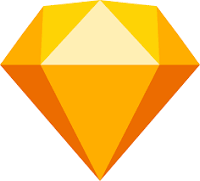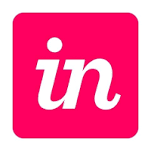62 Days And $300: How We Built An App That Helps Increase Productivity
Hello! Who are you and what business did you start?
Hello! We are Yarik and Kate, a Software Engineer and a Product Designer. Together we started Planndu, an app that helps everyone be more focused and get more things done.
One of the main features is the focus timer, which encourages taking more breaks and focusing on one thing at a time. You can also add todo-lists, and notes and use drag and drop to prioritize, set status and add deadlines. Essentially, everything you need to know about what you should be doing now and what’s coming next.
The app is mostly free, but the advanced features are only available through a monthly or yearly subscription. The monthly subscription costs 5.95$ / month, or 2.95$ / month in a yearly subscription.
We see a constant increase in signups and subscriptions every month. Last month 851 new users joined, 65% from organic search. Our revenue from subscriptions has grown by a 24% MoM, and we believe that within a year from now, it will increase even further to the point that it will allow us fully sustain our lives. We are just at the beginning of our journey, and we still have many more things we would like to accomplish!

Download the report and join our email newsletter packed with business ideas and money-making opportunities, backed by real-life case studies.

Download the report and join our email newsletter packed with business ideas and money-making opportunities, backed by real-life case studies.

Download the report and join our email newsletter packed with business ideas and money-making opportunities, backed by real-life case studies.

Download the report and join our email newsletter packed with business ideas and money-making opportunities, backed by real-life case studies.

Download the report and join our email newsletter packed with business ideas and money-making opportunities, backed by real-life case studies.

Download the report and join our email newsletter packed with business ideas and money-making opportunities, backed by real-life case studies.

Download the report and join our email newsletter packed with business ideas and money-making opportunities, backed by real-life case studies.

Download the report and join our email newsletter packed with business ideas and money-making opportunities, backed by real-life case studies.








